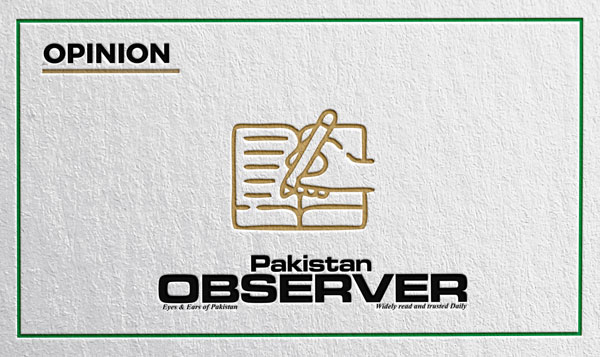Articles and letters may be edited for the purposes of clarity and space.
Madrassah Registration Bill
The Madrassah Registration Bill 2024, officially the Societies Registration Amendment Act 2024, has ignited a significant clash between Maulana Fazlur Rehman and the government. Often referred to as the Madrassah Registration Bill, it aims to place all madrassahs in Pakistan under government regulation, including supervision and annual financial audits.
Proposed by the opposition, the bill successfully passed both legislative chambers but faced a deadlock when President Asif Ali Zardari refused to sign it. The bill’s primary objective is to align with FATF guidelines to counter regional terrorism. Pakistan has twice been placed on the FATF grey list (2011–2015 and 2018–2022) for allegedly allowing financial support to terrorist organizations through madrassahs.
This legislation seeks to regulate madrassah operations and curb their misuse for terrorism financing. However, the President’s refusal to approve it has deepened political polarization. Resolving this impasse demands collective action from all political actors to uphold national and state interests.
ABDUL RAZZAQ
Herronk, Turbat
Unrest and uncertainty
Political protests in Pakistan have escalated into violence, plunging the nation into turmoil. This unrest often coincides with visits from foreign delegations, causing unnecessary disruption and instability. Political polarization has reached alarming levels, with actions that are ultimately self-defeating. While these moves are aimed at exerting pressure on the government, they destabilize the country’s foundations, rendering any potential political gains obsolete as the damage outweighs any short-term benefits. In response, the Islamabad High Court has ordered strict maintenance of law and order.
The National Counter Terrorism Authority (NACTA) has issued alerts warning of possible terrorist attacks during the PTI’s march towards Islamabad. Despite these warnings, the government allowed such protests, raising questions about its approach. The resulting blockages on roads, motorways and highways created severe disruptions for the public. Wedding processions, ambulances and essential daily activities were severely affected, amplifying the citizens’ frustration.
This weekend, characterized by chilly and pleasant weather ideal for outings, was sadly marred by unrest. People were confined to their homes due to the disturbances. PTI demonstrations, coupled with government-imposed roadblocks, have become a recurring pattern, with ordinary citizens enduring the worst consequences each time.
AREEBA ALTAF
Sindh
Inevitable fate
In Sindh, education has been in a downward spiral since the 1980s, becoming a major obstacle to the province’s development. The quality of education has significantly deteriorated due to an outdated syllabus and an ongoing language dilemma. Sadly, the people of Sindh seem to have become accustomed to these issues, accepting them as the norm. Will the citizens of Sindh take matters into their own hands, especially as the relevant authorities appear indifferent and neglectful in upholding the inalienable rights the people deserve? What, then, is the future of education in Sindh?
There is no simple solution to these problems. For instance, it has been fifty years since the curriculum was last revised to align with modern educational standards. This neglect contrasts sharply with global advancements in literacy, where even the smallest errors are addressed promptly. I firmly believe that the syllabus provided by the Sindh Textbook Board, Jamshoro, for the intermediate level is neither suitable for students nor for teachers.
When I was a student, I found the textbooks—particularly those for mathematics and physics—exceptionally obscure and confusing due to poorly detailed topics. These books lack accurate definitions and fail to provide well-illustrated examples or images. Mathematics, in particular, presents a daunting challenge, leaving students overwhelmed. How can students cope with such an outdated syllabus when teachers themselves struggle to teach without relying on external resources?
TAHIR JAMALI
Shaheed Benazirabad









